How does collaboration sustain digital transformation movements in African cities?
From interviews with city leaders of 4 ASToN cities: Kumasi (Ghana), Bamako (Mali), Nouakchott (Mauritania), Matola (Mozambique), this article highlights the human side of making a city smart. Cooperating and advancing projects together with all partners, observing and analyzing real life situations together with constant learning from one another has helped these cities to advance their digital transition plans even during challenges and uncertainties.
ASToN is a pilot project where 11 African local authorities test and implement their own plans for digital transformation to support sustainable & smart development in their cities.
The 4 city leaders show that the cities knew what they wanted to achieve by being a part of the ASToN network. It is not to reinvent the wheel, but to enhance their existing systems with digital tools, and tackle urban challenges based on their local priorities. Randy Wilson (Kumasi)[1], Omar Bay (Matola)[2], and Hamadou B. Yalcoulye (Bamako)[3] aim to advance their local revenue collection system through digitalization, while Aminata Lo (Nouakchott) [4] hopes to use digital tools for creating an addressing system in Nouakchott. However, these topics were not their first choice.
Addressing the root problem to create long-standing projects
Focused on advancing their local vision, the 4 cities worked to identify a core problem that describes a clear objective for achieving their city’s goal.The local teams spent long hours asking and answering important and sometimes difficult questions about their local situation, the context of their municipality and what they are trying to achieve in order to identify the real roots of the existing problems.
Aminata shared how Nouakchott’s ASToN project of building an integrated addressing system is the first step in tackling the larger problem of connecting city neighborhoods with basic services like, electricity, sanitation systems, and water supply.
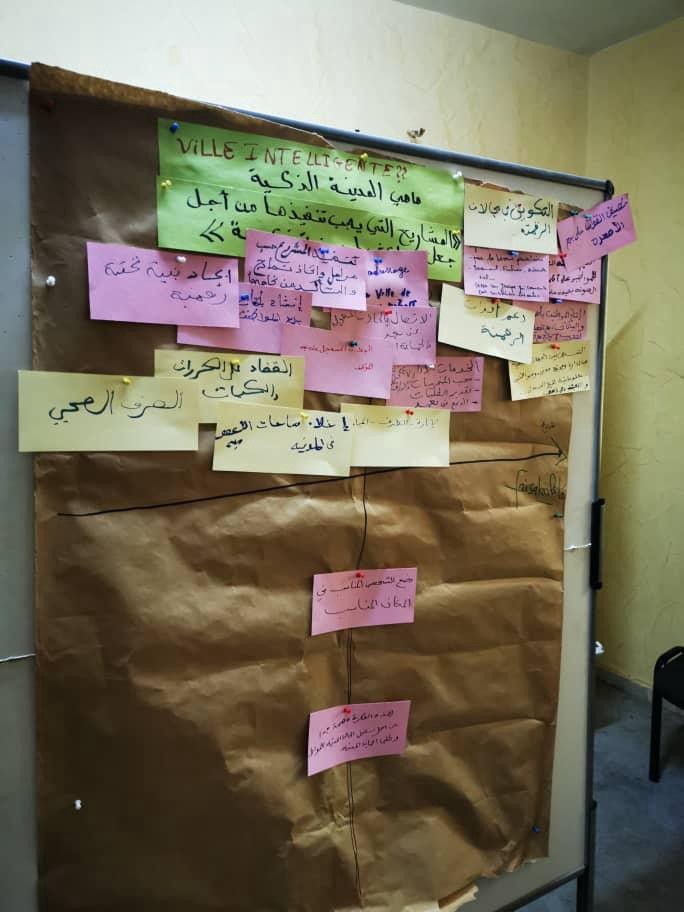
Team Bamako decided on E-tax as their theme after consulting with their partners and that “they oriented us towards this theme”, shared Hamadou. They believe these discussions with partners helped them realize that by mobilizing resources as a municipality, they can subsequently tackle mobility and sanitation issues of the city. Bamako’s project focuses on improving user access to vignettes, and thus improving the District’s resources. This approach was adapted by cities after long discussions with local partners, who initially prioritized other topics. This practice shows that a good problem analysis can help lay down the right foundations for future planning.
For Team Matola, “the ASToN way of thinking” said Omar, helped them understand that low revenue collection in their city is not because citizens are not paying their taxes, but in fact it’s because the Matola municipality doesn’t have an integrated database. Approaching the problem from different angles can offer a new perspective, and team Matola is keen on applying the same steps for their future projects.
For Kumasi, a good problem analysis led their teams to creative and innovative actions. They chose their theme based on financial wherewithal to run subsequent projects, as problem identification for them revealed that previous projects were only advancing till the supporting funds lasted.
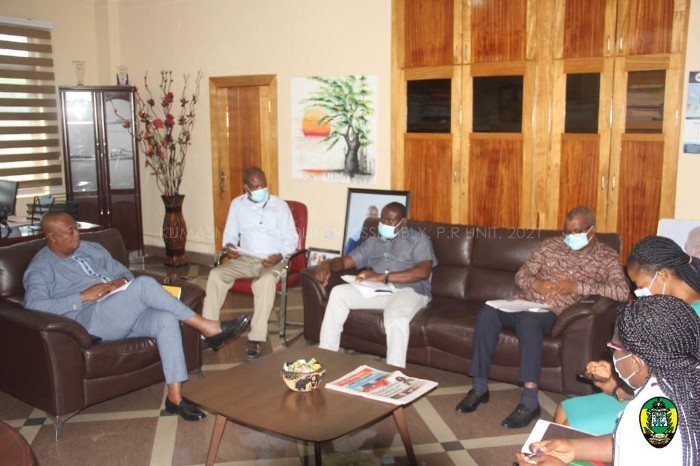
For these cities, the ASToN method stands for building strong foundations for a common vision, strengthening local resources, teams that adapt their working method to the reality of the project, and developing projects that are capable of financially sustaining themselves. These help them plan and sustain their digital transition movements beyond ASToN.
Results of successful partnerships
Building networks and encouraging collaborations for lasting projects
From the beginning, all cities were encouraged to map local partners that can support them, and help advance actions for their chosen problems. Each city tried the method proposed by ASToN to define their challenges together with their local partners, something they had never done before. The aim was to outline diverse actors from their local ecosystem consisting of government authorities, citizens, private sectors, tech start-ups, development organizations, academia and NGOs. While collaborating with all partners is not always easy, all cities recognize that it helps them build a project ready to bounce back in times of crisis.
Hamadou recalled that during the mapping phase, their team realized ”we were all on the same territory but each one is on its own, we did not know each other and it was the perfect occasion to understand what startups and NGOs are working on ‘’. Additionally, the Bamako team organized a meeting with all the municipal services so each one of them can present their work, roles and responsibilities. Hamdou mentioned how this was key to understanding which teams should join the ASToN project, how they can build their core and large team, but also learn what all municipal services are working on. For Aminata, “when you have more partners, it’s easier to have more points of view and find the best solution”. She emphasized that in her team, “we try to find a way to never dismiss any idea, which is something I learned from ASToN”; making her team members feel integral to the project.
Randy’s insights on making collaborations easier pointed towards mutual respect. Creating an organizational structure where competence beats hierarchy, Team Kumasi puts their best person forward for a job. “If you are better at something than I am, then I don’t see why I should be the one doing it”, said Randy. With multiple groups with different expertise involved and working together, the key for successful collaboration is observed in facilitation, rather than management.
While the 4 cities faced different struggles, they all agreed that none of the actors can solve these problems alone, and they all need each other’s knowledge, skills and resources, because the best ideas can come out only when working together. These collaborations are the heart of ASToN network.
Integrating diverse partners to tackle uncertainties
As the world shifted online and the pandemic isolated project teams, they were pushed into the world of digital meetings without warning. Since the project is designed in a way that encourages involvement of diverse actors for sustainable outcomes, this integrative approach also supported the teams in times of uncertainty.
Some teams took their time to adapt, and some transitioned more quickly but all progressed in their projects using their own innovative techniques. Like Team Matola had never used digital means to meet before the COVID-19 pandemic, “the transition was very difficult for us and our project slowed down”Omar mentioned. On the other hand, Team Bamako faced local cessation due to a socio-political crisis in the city. Overcoming the interruptions and making up for the time lost was a challenge for the team, but they doubled their efforts with support of their partners to catch up and get back on track.
Online collaboration was new for Team Bamako but they adapted their approach and through phone calls, emails or letters, the local coordinators managed to continue their project activities. In Matola’s case, what helped to keep conversations going through bilateral calls was a big meeting event just before social distancing restrictions came into effect. For team Kumasi too, online tools like emails, calls, and WhatsApp played a major role in facilitating contact with partners.
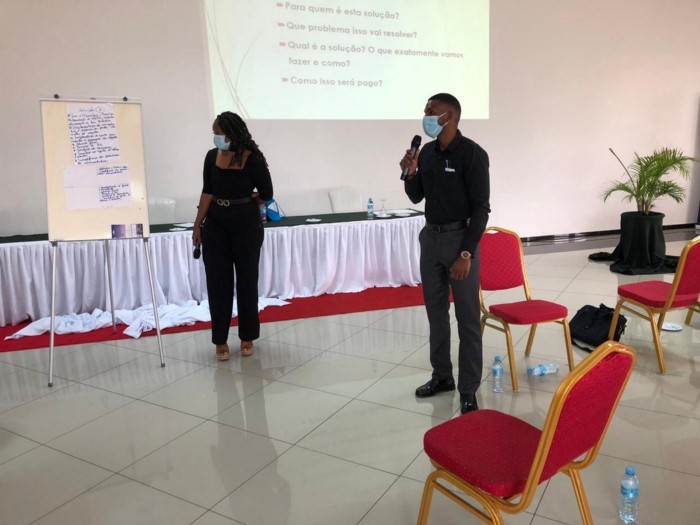
ASToN acted as a platform for strategic methodologies and resources exchange for the local authorities. As both Omar and Hamadou pointed out, each city developed its own strategy that combined with the ASToN methods, helped them ensure that diverse perceptions are heard, negotiated, and integrated in project planning.
Learning from start-ups, NGOs, and citizens
Omar pointed out that the private sector is always one step ahead of them, and that they “push us to grow more quickly”; he believes there is much to learn from them. All 4 cities are booming with information flows, and entrepreneurial activities — a valuable resource that local project authorities were able to tap using the ASToN method. In Hamadou’s experience, the rich pool of solutions from private companies helped the municipal teams to learn new processes for carrying out urban planning and governance tasks, such as improving their cash collection systems. But each partner brings in its own perception of a problem, and solution.
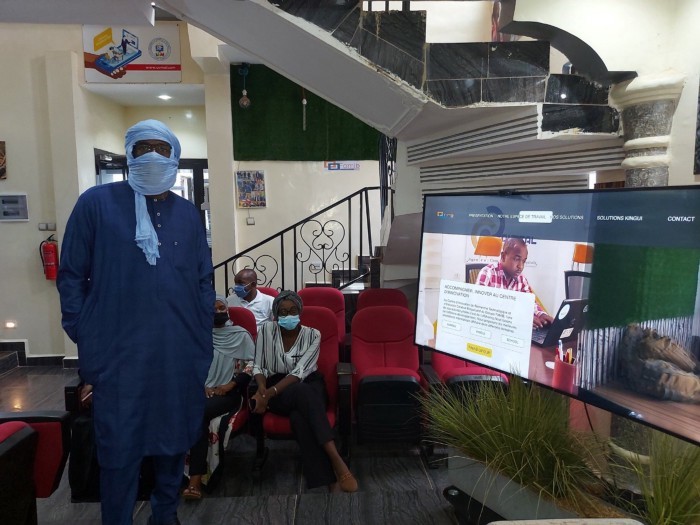
In Nouakchott’s case, different perspectives coming from tech incubators, NGOs, or youth communication organizations, are helping the team to reach out to all generations of the project’s future users. For Bamako, involving and exchanging ideas with NGOs and the local university helped to develop a better understanding of the local needs. Following their advice on transparent resources management, the local team got the support of its citizens for the ASToN project. The 4 cities show that the key to successful collaborations that create a win-win for all partners, is to put together citizen’s concerns, municipality’s experience, and skills of the private, academic and non-profit sectors.
These stories show that partnerships can create invaluable public service systems by getting inspired by each other’s perspectives, and encourage growth for both local authorities and individuals.
A result of such a partnership between Matola municipality and the local tech start-up Paytek is Matola’s web based revenue collection system, making it the first municipality in Mozambique to have it. For Bamako, the collaboration with ASToN was the occasion to define their ”vision for digital transition based on our local capacity”, explained Hamadou. Aminata and team Nouakchott are using the ASToN opportunity to look further into the future and establish a new project with the city of Sèmè-podji. Their collaboration allows both cities to advance their digital land management tools while strengthening their vision for the development of the two cities.
Growing with the “ASToN Way”
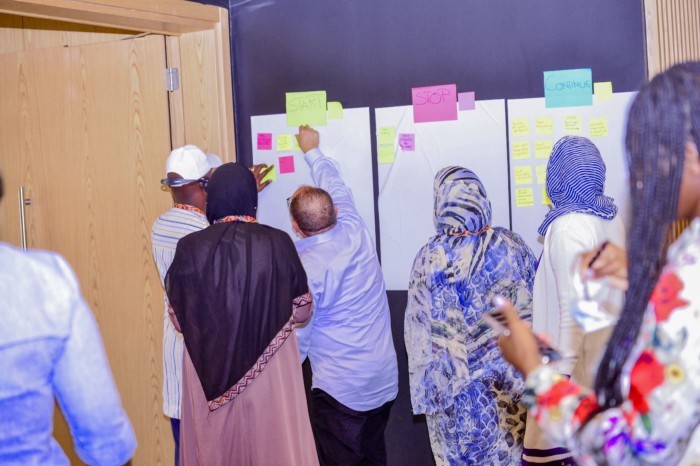
Besides project support, these collaborations also have brought a sense of professional growth by learning from other partners. Omar feels “I am learning ways to work I did not know earlier”, and has experienced professional and personal growth by working on this project and doing things the ASToN way. For Randy and the Kumasi team, ASToN was the perfect context to learn from the other ASToN cities and discover new solutions for Kumasi’s local problems. As he mentioned
“we all have the same problems, but we approach them differently, so why not learn from them”.
In a way, ASToN has acted as a sidekick for local authorities to evolve as organizations. In Hamadou’s experience, “ASToN was a triggering point”, and ASToN’s tools for meetings, collaborations, problem identification, and more made their working methods more fluid, and has made them define their needs as a city more clearly. In the case of Matola, these tools empower the team with knowledge besides digitalization. Strategic management techniques, regular guidance, feedback, exchanges between partners are helping the 4 cities to strengthen collaboration, help interaction, and evolve together as teams.
Humanizing digital transformation: moving beyond technology and harboring partnerships
By providing a platform for co-designing projects, ASToN is accompanying the 11 city partners to define their own roadmaps towards digital transition. These stories of integration, collaboration, and participation bring out the human side of a smart city. As a work in progress, the ASToN network aims to grow while it learns. The experiences of digitization efforts reflect that these cities are moving beyond use of Information and Communication Technologies (ICT), and bringing out elements of holistic sustainable practices in a smart city. While the 11 projects are moving towards the experimentation phase, it remains to be seen how these learnings apply and perform on-ground for the citizens of the ASToN cities, the member cities and their network of partners who all are aiming for cities where no one is left behind.
Written by Saam Stad.


